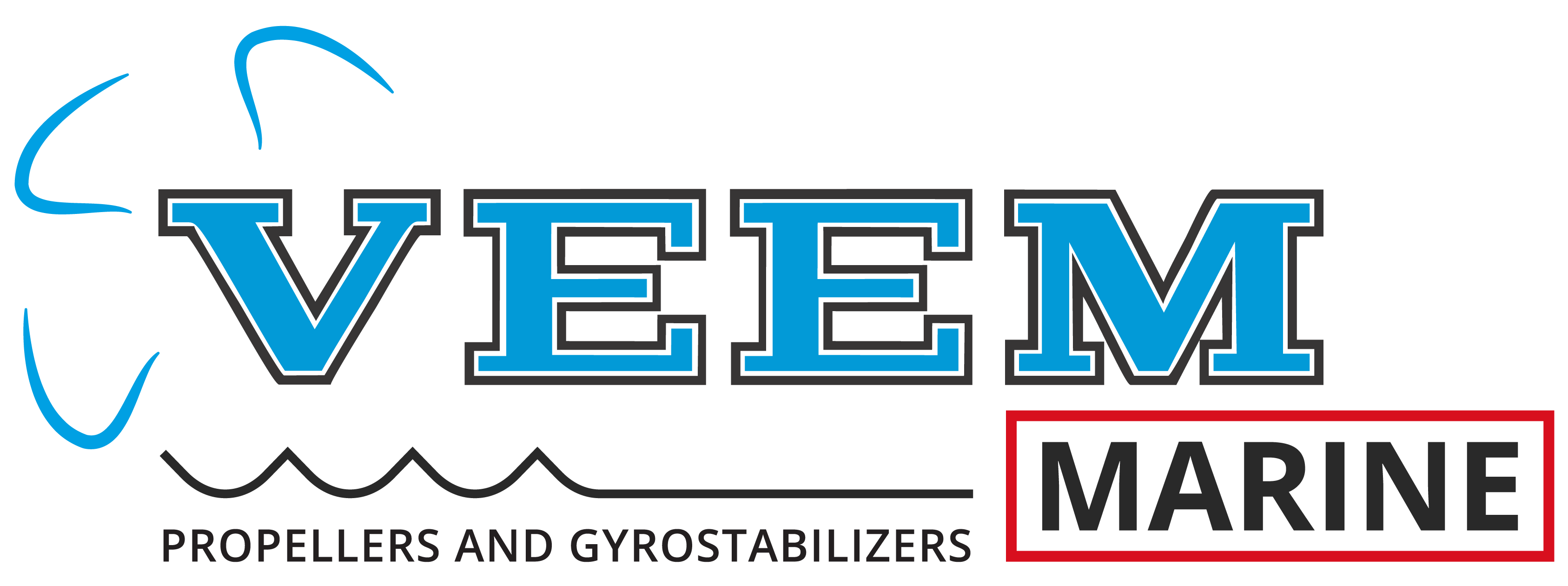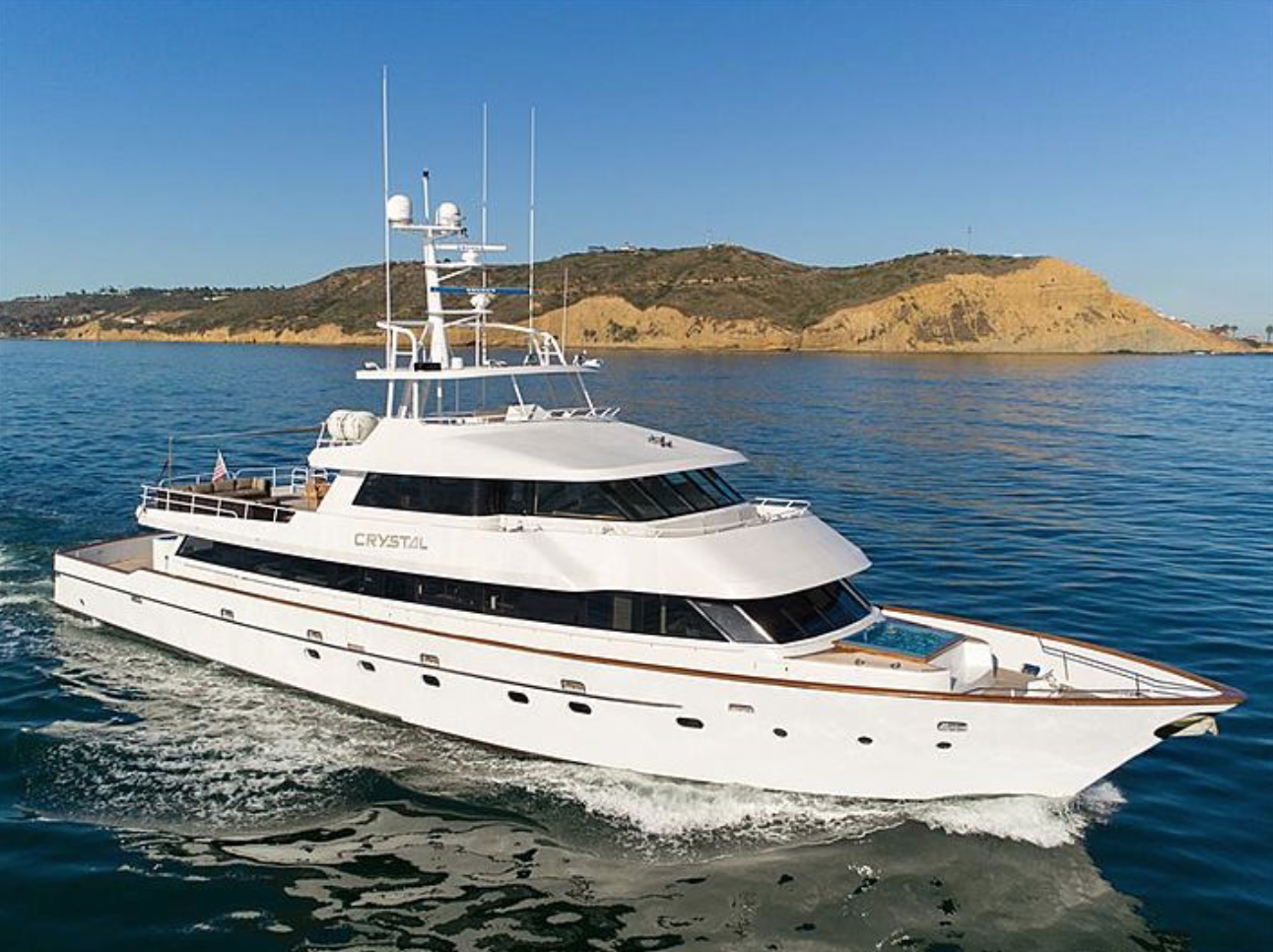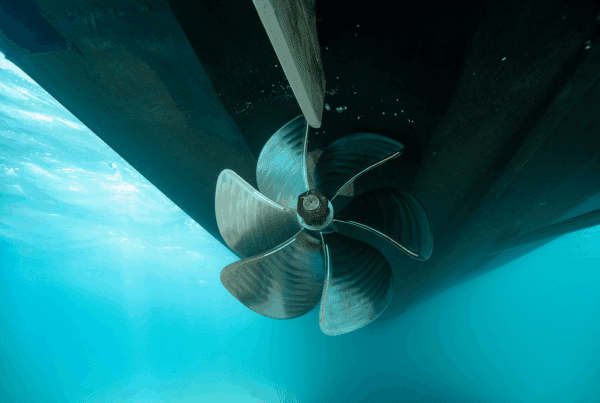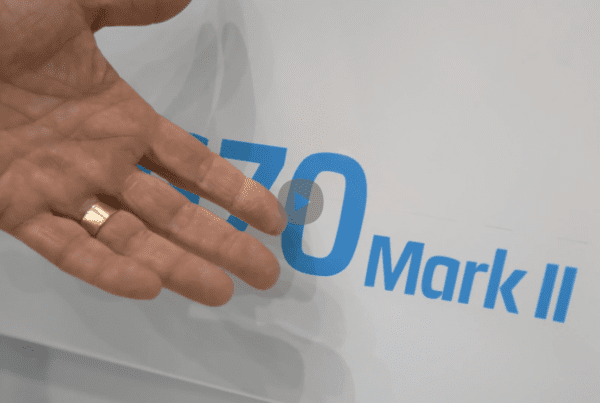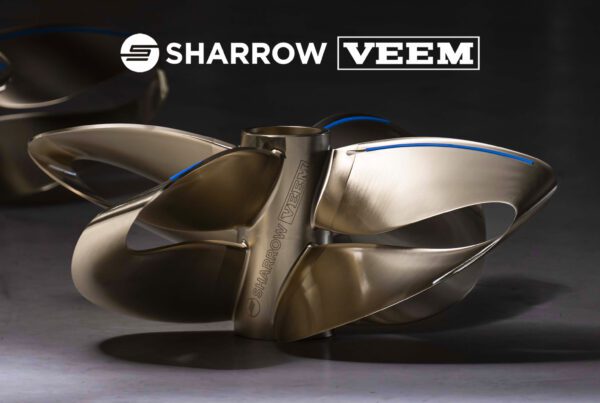When considering a gyrostabilizer for your vessel, it is important to consider a range of criteria, including power, size and budget. In addition, you should look at some of the less obvious criteria. For example, consider how long the unit will take to reach operating RPM from the moment it is turned on and how long it will take to spin down to a complete stop once the outing is over, the vessel is safely back in port and you are ready to go home.
Anyone looking to buy a gyrostablizer should consider spin up and spin down time. Generally speaking, the faster a gyrostabilizer can spin into action and shut down at the end of the day, the better. We know leisure time aboard luxury yachts is precious. If you want to get out onto the water quickly, you need a gyrostabilizer you can turn on quickly instead of waiting for a long time until you can leave the berth. Regardless of the type or purpose of your vessel, it is always desirable to minimise the valuable time taken from stepping on board and leaving the dock.
For owners of commercial vessels, time is money. You end up wasting time and money with your crew sitting idle on a vessel waiting for the gyrostabilizer to reach working RPM. This is simply an inefficient use of time. In addition, leaving protected waters too soon can trigger sea sickness and cause lasting discomfort if the vessel is not stabilized when it hits open water.
Similar issues can arise for defence vessels. In addition, when responding to an urgent threat, you cannot afford to waste the time to wait for the vessel to be ready. You also need the platform to be as stable as possible so you are ready to engage with the threat, if needed.
When it comes to spin down times, the need for bringing the fast spinning flywheel to a complete stop is more uniform across usage profiles. Put simply, the sooner a gyrostabilizer stops, the sooner you can turn off your generators, control systems and leave the vessel in a standby mode.
Learn more about our models here: https://veemmarine.com/gyrostabilizer/
